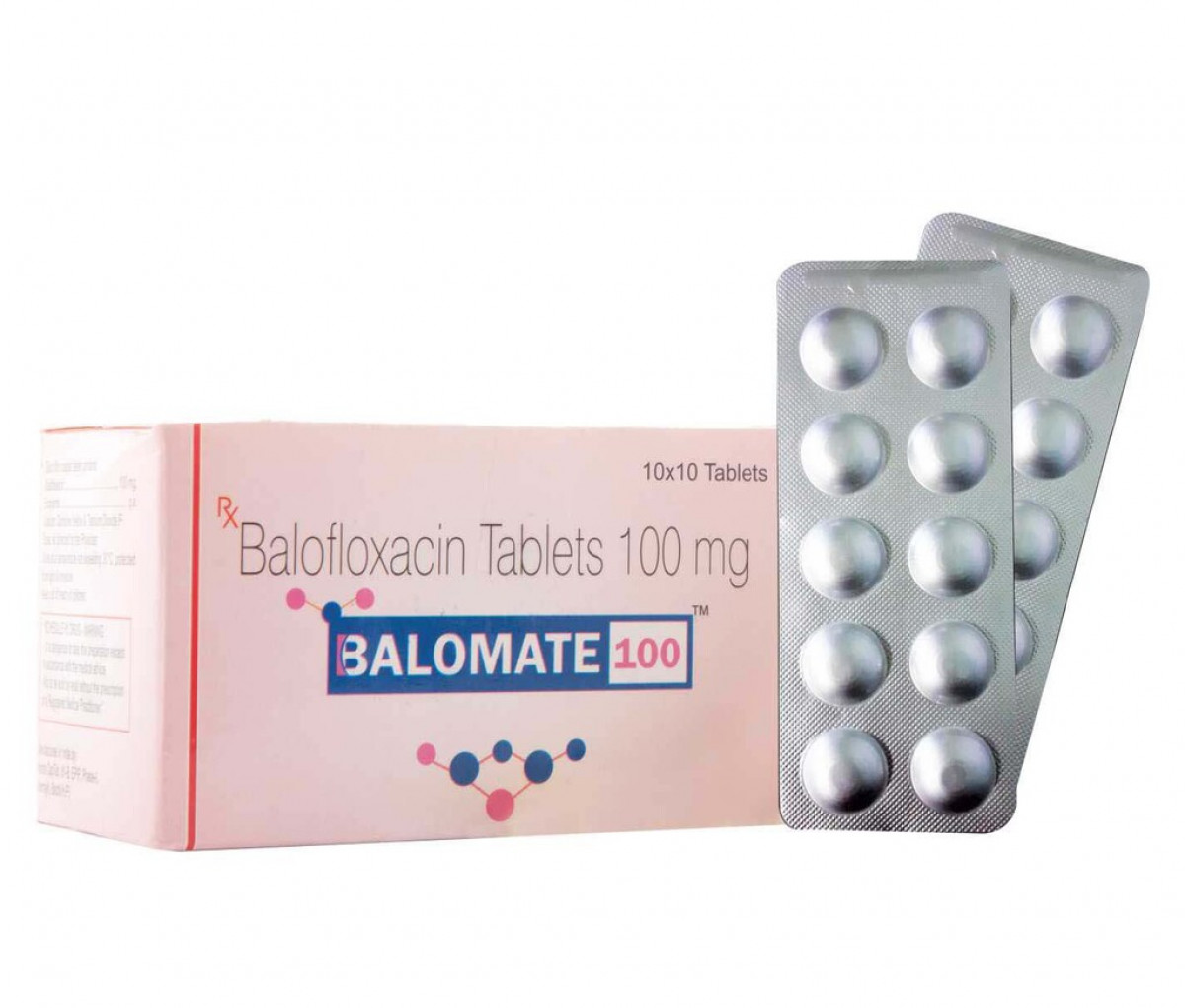
BALOMATE 100
MRP: 1,450
Packaging: 10x10
Pack Type: tablet
Composition:
Balofloxacin 100mg
Indication:
Uncomplicated, Urinary Tract Infection, Community-Acquired, Pneumonia, Skin Infections & Chronic Bronchitis
Description:
Balofloxacin 100mg is a fluoroquinolone antibiotic used to treat a variety of bacterial infections. It works by inhibiting bacterial DNA synthesis, leading to the destruction of bacteria. This antibiotic is particularly effective against Gram-negative and Gram-positive bacteria, including those responsible for urinary tract infections (UTIs), respiratory infections, and gastrointestinal infections.
Balofloxacin is commonly prescribed for chronic or complicated UTIs, pneumonia, bronchitis, and infections of the skin or soft tissue. It provides rapid and effective action and is often recommended for patients who require an antibiotic with a broad spectrum of activity.
Tags:
- Effective against a broad range of bacteria, including resistant strains
- Rapid action, providing relief from symptoms in a short time
- Convenient dosing – typically once or twice a day
- Effective in treating complicated urinary tract infections, respiratory infections, and gastrointestinal infections
- Well-tolerated with minimal side effects when used as prescribed
Usage Information
Dosage
Adults: The typical dosage is 1 tablet (100mg) once or twice daily, or as prescribed by your doctor. Administration: Take the tablet with food to reduce the risk of stomach upset. Do not crush or chew the tablet. Always complete the full course of treatment, even if symptoms improve early.
Side Effects
Nausea Diarrhea Abdominal pain Headache Dizziness Rash or itching Photosensitivity (sensitivity to sunlight) Tendonitis or tendon rupture (rare)
Contraindications
Allergy to Balofloxacin, other fluoroquinolones, or any components of the tablet Pregnancy and breastfeeding (unless prescribed by a healthcare provider) Severe renal impairment (requires dosage adjustment) Tendon disorders or a history of tendonitis (fluoroquinolones may increase the risk of tendon damage) Children and adolescents (not recommended due to potential effects on developing joints)
